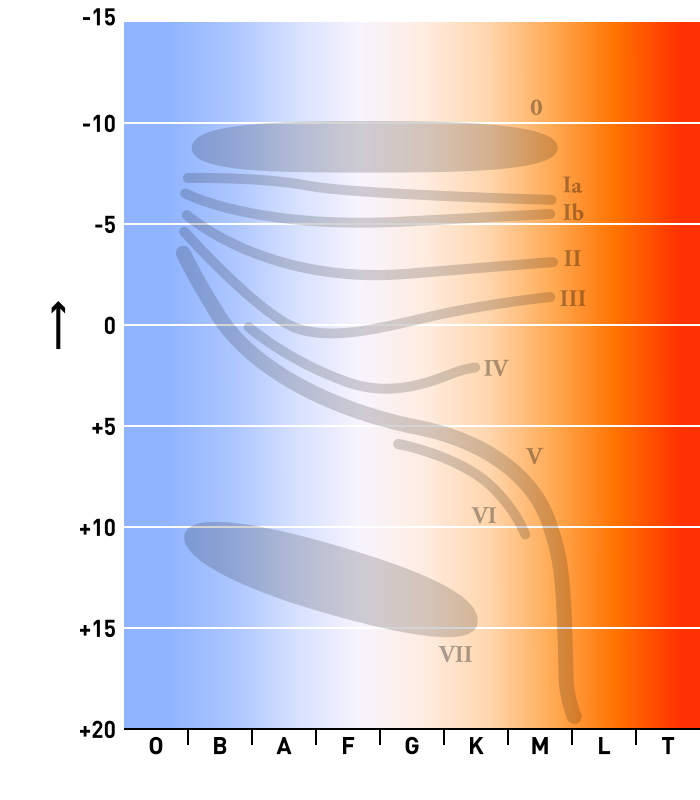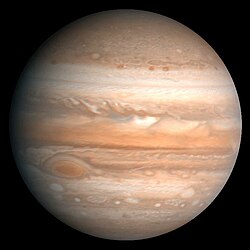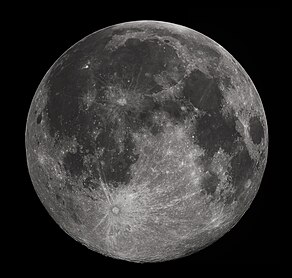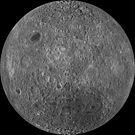
Kepler 186f
Hi,
Today I will write about transit photometry.
This is method of finding exoplanets (means those which are not in our Solar System).
Of course we can not see any of those planets because they are too small. But what we can see or better what can Kepler Space Telescope see is effect of such a exoplanet when it transits around its star. To see this clearly, watch this video.
To describe it with words, when planet transits (orbits) star and Kepler is watching it he will see the little difference in its brightness, some of the light will be blocked by some planet. When this happens periodically we know that there is some planet.
Of course this has some limitations, we can only see objects that are orbiting close to its star because no telescope or satellite has service life of 30 years which would be needed
for Saturn if some extraterrestrial life would watch Sun. Those 30 years are counting with Saturn transiting Sun at the time of telescope´s start.
So this is transit photometry which can be used only for enough large planets that are not really far away from their stars. Usually scientist are mostly trying to find planets in “life zones”. Those zones are in some fixed distance depending on the type of star and it means that we think there could be live. There is lot of candidates for habitable planets and probably best of them is Kepler 452b which is orbiting G type star (same as Sun). 
Because legendary Kepler is getting old and he is able to watch only fixed part of sky there is TESS (Transiting Exoplanet Survey Satellite) which will be able to watch 90%.
In the year of 2024 there will also come PLATO (Planetary Transits and Oscillations of stars). This mission is planned for six years but still it will no be able to find planets with the size of Mars or Mercury.
Last one is NGTS (Next Generation Transit Survey) which is trying to find planets smaller than Neptune around stars with apparent magnitude lower than 13 (7 is not visible to average human eye).
Also astronomers can find out how big is exoplanet by its gravitational effect on star and from this we can even count what is its density.
Dragallur

 what you can see on the picture is extremely cool (hot actually) even that you don´t know it yet. It is called Hertzsprung-Russell diagram and I will try to explain it with the rest of Stellar classification.
what you can see on the picture is extremely cool (hot actually) even that you don´t know it yet. It is called Hertzsprung-Russell diagram and I will try to explain it with the rest of Stellar classification.


 everything begun, The Sun!
everything begun, The Sun! thinking that Jupiter is big. It is 1.4 million kilometers across with mass 333,000 of Earths.
thinking that Jupiter is big. It is 1.4 million kilometers across with mass 333,000 of Earths. other throwing lot of stuff into space and some electromagnetic radiation (first picture).
other throwing lot of stuff into space and some electromagnetic radiation (first picture).
 Venus from our point of view, otherwise he could look like ordinary star.
Venus from our point of view, otherwise he could look like ordinary star.
 mission.
mission. PM. Members of crew were three of course: from left to right Cernan, Stafford and Young.
PM. Members of crew were three of course: from left to right Cernan, Stafford and Young. only Young on the board of “Mothership” while Stafford and Cernan achieved the distance from surface of 15.6 km.
only Young on the board of “Mothership” while Stafford and Cernan achieved the distance from surface of 15.6 km.

 Zeus in Greece mythology.
Zeus in Greece mythology.

 active.
active. important for me 😀 so I will do the Earth´s partner, the Moon.
important for me 😀 so I will do the Earth´s partner, the Moon.